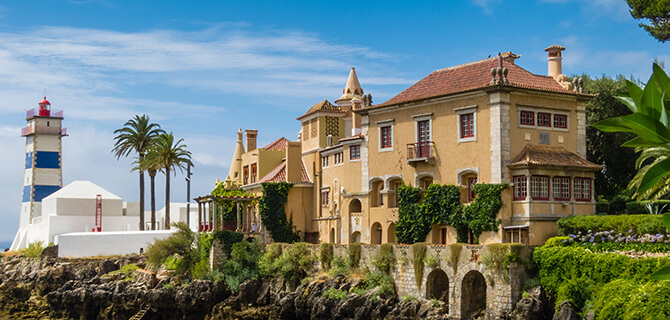
By admin | | Posted in: Pine Cliffs
Welcome back to another installment of our series on sights to see in the Algarve. The Algarve of Portugal is a spectacularly beautiful region featuring stunning cliff-lined coasts and gorgeous golden beaches. In order to help you create the perfect holiday for you and your family, we’ve created this series of blog posts to highlight some of the best attractions and not-to-miss locations across the Algarve. In previous installments we’ve covered popular villages, the Castelo de Alcoutim, Faro’s Palacio de Estoi and much more.
In this post, we’ll cover Faro’s museum, the Museu Municipal, which represents the region’s history from ancient times to the present. The museum is located in the exquisite, sixteenth century building known as the Convento de Nossa Senhora da Assunção (the Convent of Our Lady of the Assumption). This splendid building, of historical interest in its own right, was built with funding from two of Portugal’s queens, with construction lasting over forty years before it was finally completed in 1564. The convent survived sacking by the Earl of Essex in 1596 as well as the 1755 earthquake that devastated much of the area, and remains one of the most impressive examples of Renaissance architecture in the region.
Today the convent is home to the Museu Municipal de Faro, which includes remarkable exhibitions that depict the economic and political importance of Faro through ancient times. These include the third-century Mosaic of the Ocean, original busts of Emperor Hadrian and Agrippina, and an impressive collection of epigraphs of Ossonoba (the Roman name for what is now the town of Faro). Another exhibition displays numerous Islamic artefacts from the ninth to thirteenth centuries, when Faro was called Santa Maria by the Moorish and Berber settlers. These artefacts provide insight into the everyday life of the Islamic people of Faro who made this region their home for over five centuries.
Paintings include a collection of religious artworks dating from the sixteenth to nineteenth centuries and encompass the Renaissance, Baroque, Rococo and classical styles. The museum also features an exhibition of twentieth-century artwork depicting local legends of the Algarve by the famous Faro painter Carlos Filipe Porfírio. Here viewers can witness the enchantment of the Moorish tales and see how these are still part of the local culture even today.
Other notable exhibits include the Paths of the Roman Algarve, a dramatic display of enormous pillars and stonework that invites the viewer to read the messages let by the Roman citizens of Ossonoba, from private thoughts to the public announcements made by emperors.
The museum also holds regular fado concerts, which are well worth the visit if you have the opportunity!
Opening hours: 10am-7pm Tue-Fri, 11.30am-6pm Sat & Sun June-Sept; 10am-6pm Tue-Fri, 10.30am-5pm Sat & Sun Oct-May.